The week in social: National Geographic, Klout expertise, and Meerkat API
National Geographic hits 1 billion likes for content on Instagram
National Geographic has just announced a major milestone for its activities on Instagram, stating that it has now reached over 1 billion likes across all of its content. This is in addition to the fact that the network boasts over 17 million followers. Instagram frequently features content from National Geographic photographers, and guest photographers, with associated captions from the content author’s perspective. Nat Geo also stated that 70% of their current followers are from outside of the US, and that they have followers in every country in the world. With this announcement, Nat Geo is officially the non-celebrity channel with the most content likes on Instagram.
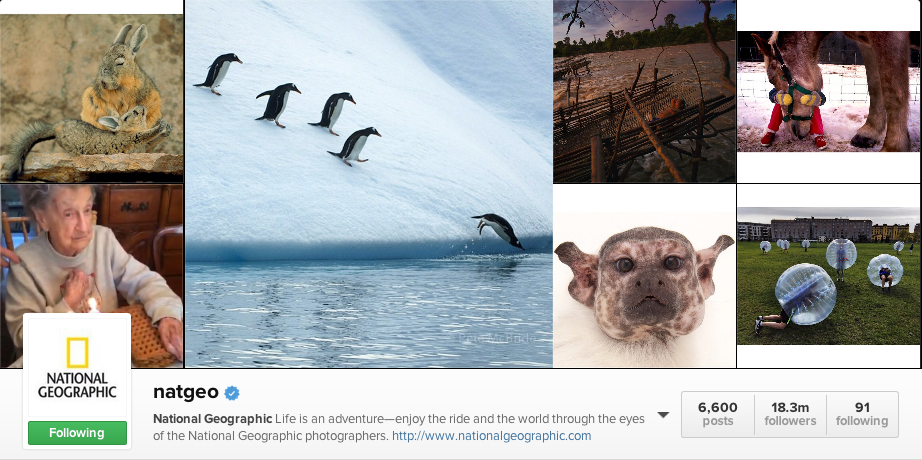
Read more on NationalGeographic.com.
Klout adds user expertise measurement and other new features
Throughout the month of May, Klout will be rolling out expertise badges on user profiles for those who are considered among the top few percentage of people who have expertise in the given topic. The badge appears as a small tag with a star next to it, and the name of the subject in which the user is deemed to be an expert. Klout is also expanding to offer several of its unique features in different languages; Arabic, French, German, and Spanish. Lastly, Klout expertise will become visible on other digital profiles, the form of which is TBD based on the available information on a company blog post, but with the aim of making it easier for those having conversations online to measure who knows what they are talking about.
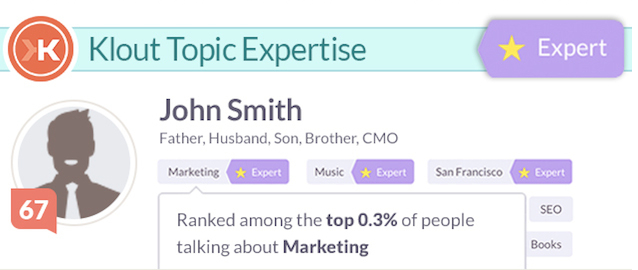
Read more on Klout Blog.
Infographic shows only 26% of users tweeting about Cinco de Mayo are Hispanic
A new infographic from StatSocial, took a study of over 80,000 Twitter users tweeting about Cinco de Mayo, and that stats proved to show a wide-range of different conclusions. Some of the more outstanding stats included that 53% of users who posted were female, 26% were millennials (being under the age of 35), and only 26% were hispanic. The infographic also went on to analyze the interests and brands that these same users follow, and some of the standouts included Huffington Post, Food Network, and Buzzfeed, among others.
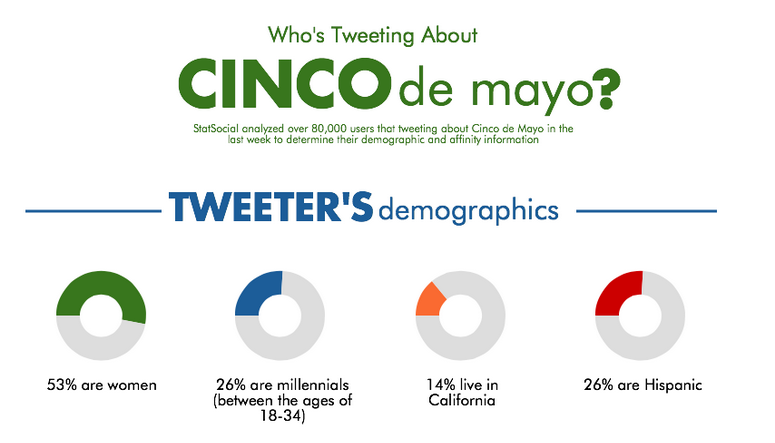
Read more on Social Times.
Facebook launches new tools for native ads
To help ease the process of creating native ads on Facebook, the company has released a number of new tools. These tools work off the audience network, the expansion of the Facebook Ads network to mobile applications and places outside of Facebook. As this portion of the ads business started to grow for the company, they conducted research that found that users dislike banner ads, prefer integrated, native ads, and poor experiences with ads lead to less engagement. As a result, the new tools Facebook has created include native ad templates, improved management tools, and horizontal scroll for ads, a way of potentially showing more ads without taking up vertical space in a feed of content.
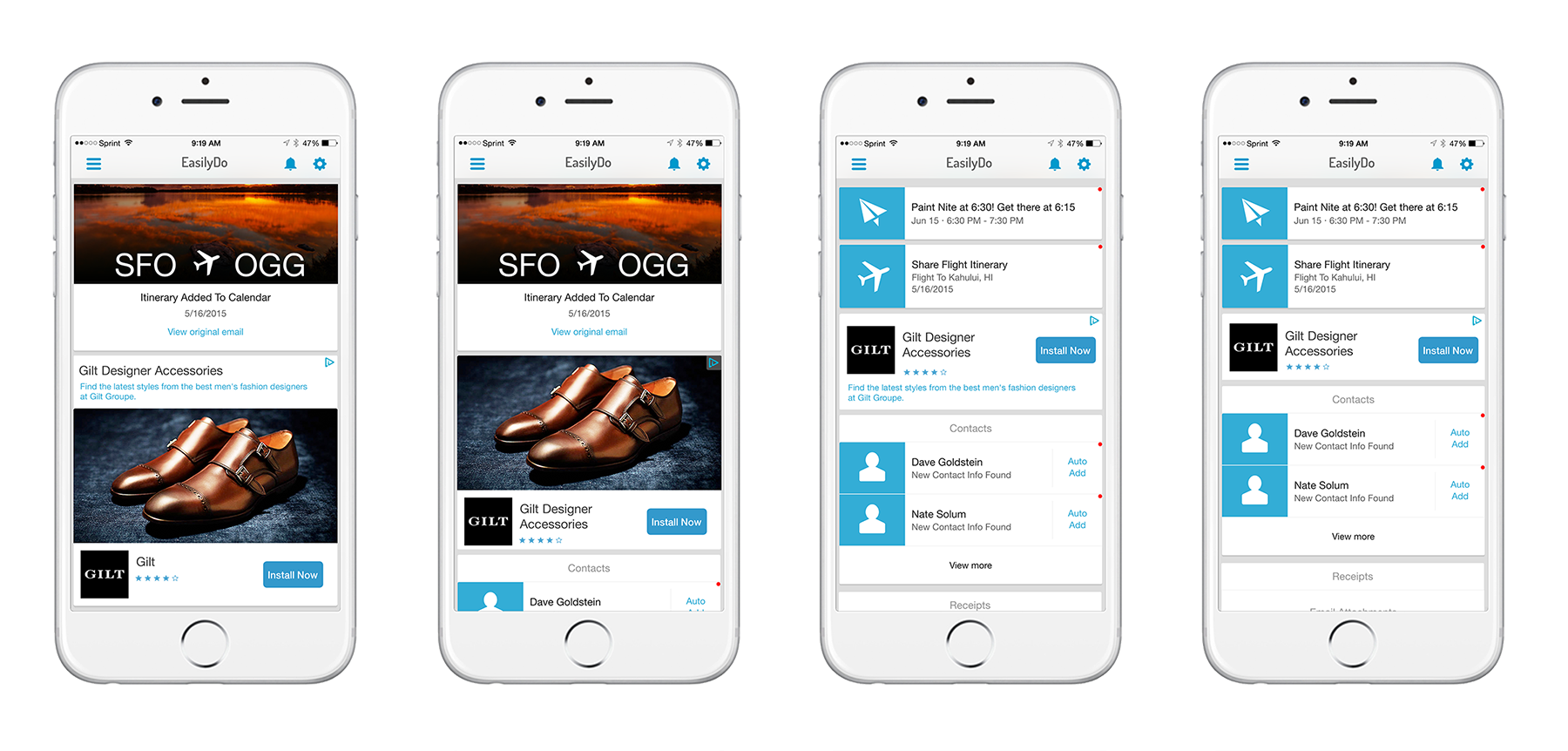
More information on Facebook Developers Blog.
Meerkat adds support on Facebook
As Meerkat is becoming farther removed from Twitter, an update over the last weekend now integrates the live-streaming social network app more directly with Facebook. Users can publish feed alerts directly on Facebook, and new users can sign-up and sign-in with Facebook, no longer needing a Twitter account. On top of this, users can now integrates with the address book on their device to add contacts to their network more seamlessly. Integrating more heavily with another social network is likely a response to its dwindling popularity in the face of Periscope’s (Twitter’s own live-streaming app) new-found popularity.
More information on The Verge.
LinkedIn starts providing analytics for published content
LinkedIn analytics for Pages and Profiles are nothing new, but the professional social network is now offering analytics for published content, a priority for the business as it expands to be a center for content creation online. The new feature has not rolled out to all users yet, but some now have access to a full analytics suite, so they can see who has viewed their published content over time, as well as engagement stats such as comments and likes. Furthermore, users can see the demographic data surrounding their readers, and who specifically is engaging with the content.
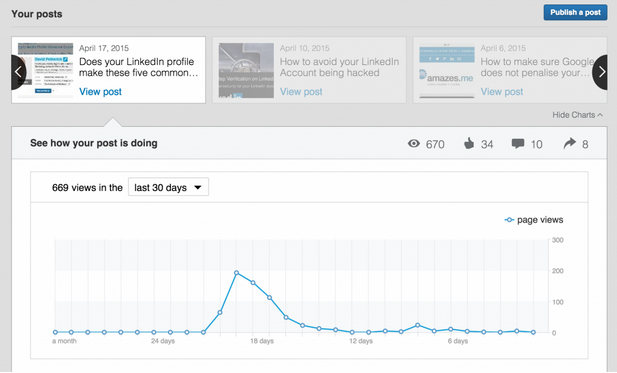
More information on LinkedIn Blog.
Google+ introduces Collections
Google+ earlier last week introduced a brand new feature that turns content into organized sets, called Collections. This has been cited by many news sources to be similar to how Pinterest encourages users to sort similar content or pins onto a board, and content in Collections is organized by a generally similar theme. Collections can be shared publicly, within all connections, with specific people, or be kept completely private. Google stated that the new feature was created based on observation of how content shared on the network was based around particular themes, and wanted to give users a better way to officially do this.
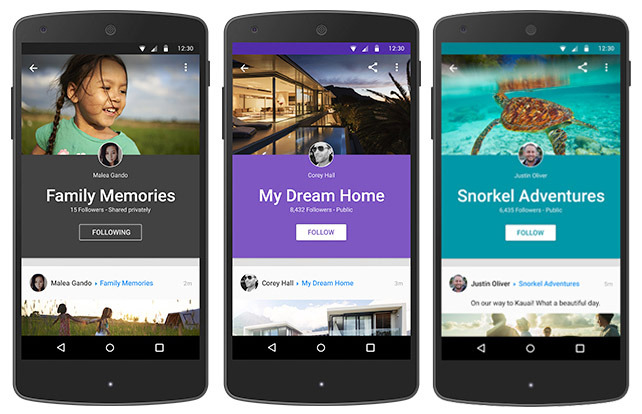
More information on TechCrunch.
Facebook Messenger hits milestone of over 1 million video calls
Facebook Messenger, the standalone app from parent company Facebook, a little more than a week ago announced video calling available through use of a WiFi network, and since then, over 1 million calls have been made. Video calling is available in 18 countries, and the overall application itself has over 600 million users. Prior to this, in April of last year, Facebook Messenger introduces voice calling, and now accounts for 10% of all calls made on VOIP worldwide. Facebook has also recently rolled out voice calling through WhatsApp, the messaging service it acquired last year.
More information on Mashable.
Facebook debuts in-app purchase app install ads
App-install ads have become an increasingly popular option for marketers, and a valuable source of revenue generation for Facebook, and the company is taking the ad option one step further. Advertisers can now use in-app purchase app installs ads, meaning that an ad can drive a user to download an application, but then also take them directly into an in-app purchase page within that application, a point of conversion for many mobile apps that are free-to-use. This is achieved through use of deep-linking technology that does two functions simultaneously. An article by TechCrunch goes on to provide an example for the app HotelsTonight, where this new form of advertisement could be used not just to have a user download an app, but bring them to a specific search results page for a place they may want to visit.
More information on TechCrunch.
Meerkat launches developer tools and an API
Live-streaming tool Meerkat has created a developers platform and a new API to allow third-party developers to create tools to enhance the service. Meerkat is publicly supporting these developers of applications on top of the app as a way of differentiating itself from Periscope, its main competitor, owned by Twitter. It is estimated that there are 37 different entities that have built solutions on top of Meerkat, and these include uploads to YouTube, provision of analytics, and more. The API currently allows users and developers to pull current or scheduled streams, and their details and viewers.
Read more on The Next Web.